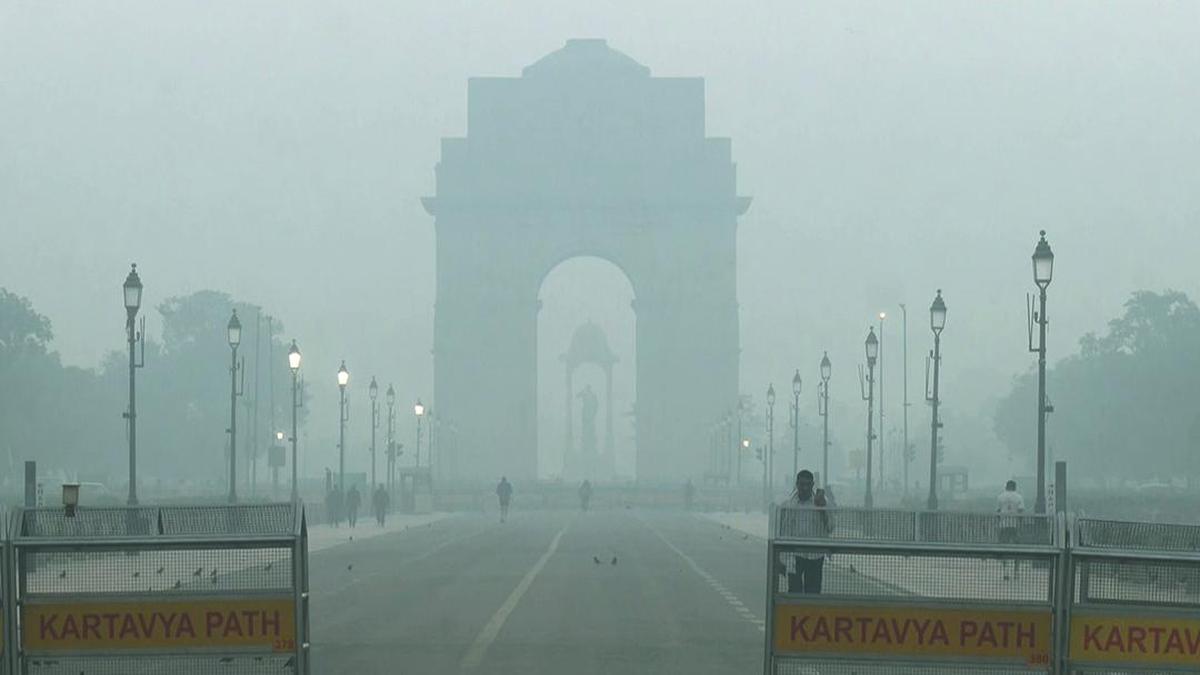Views
24
Every year around this time, Delhi forgets what clear air feels like. Mornings arrive not with sunlight but with a haze that blurs the skyline. The air smells burnt. The city looks tired. And millions of lungs fight an invisible battle.
This week, Delhis Air Quality Index (AQI) crossed 400, falling into the severe category, a level that endangers even healthy individuals. Out of 39 monitoring stations, 33 reported air quality in the severe range. This isnt discomfort anymore; its a public health emergency that now feels routine.
In a desperate attempt to find relief, Delhi tried something extraordinary: cloud seeding.
For those unfamiliar, cloud seeding is a form of weather modification where aircraft release fine particles, often silver iodide or salt crystals, into moisture-bearing clouds. The idea is to encourage condensation and trigger rainfall, which can help wash pollutants out of the air.
On paper, it sounds promising. But in practice, it depends entirely on the weather.
This time, the skies above Delhi didnt cooperate. The humidity was too low, the clouds too dry, and the experiment failed.
And perhaps that failure says more than we realise, because Delhis air cant be cleaned by one artificial shower. It needs healing, not patchwork.
The reasons are all too familiar: vehicular exhaust, construction dust, industrial smoke, stubble burning, and stagnant winter winds that trap pollutants close to the ground. Together, they turn the city into a gas chamber every winter season.
Doctors warn that breathing Delhis air right now is like smoking seven cigarettes a day. The State of Global Air 2025 report found that air pollution caused over two million deaths in India in 2023. For a city that prides itself on progress, those numbers are a quiet indictment.
Schools have gone hybrid again. Construction sites have been shut. The Graded Response Action Plan (GRAP) has been invoked, banning diesel vehicles and halting non-essential industrial activity. Yet, as policies roll out and restrictions pile up, the haze barely lifts.
Because the problem isnt just in the air; its in our habits.
We keep searching for quick fixes cloud seeding, air purifiers, sprinklers while ignoring the slow, steady solution that has always been around us: trees.
A mature tree absorbs roughly 22 kilograms of carbon dioxide every year, filters dust, and releases oxygen. In clusters, trees form green lungs, quiet, natural air purifiers that work without electricity or intervention. They dont make headlines, but they make a difference.
If Delhi has to breathe again, it needs more than emergency measures. It needs commitment from citizens, corporations, and communities to create green buffers, plant urban forests, and protect the few trees that still stand.
Because no amount of cloud seeding will work if there are no trees left to hold the rain.
When we plant, we plant more than saplings. We plant hope. We plant time. And most importantly, we plant the chance to breathe freely again.
Subscribe to our newsletter and recieve a selection of our cool articles every week.

Delhi Is Gasping Again, And This Time, Even the Clouds Refused to Help
Delhi is choking again. AQI levels have slipped into the ‘severe’ zone, cloud seeding failed, and emergency measures barely make a dent. Because the city doesn’t need one-off fixes, it needs long-term healing. Trees remain the simplest, most effective answer. They absorb carbon, trap dust, cool the air, and act as natural lungs. If Delhi wants cleaner winters, it needs more green cover, not just temporary interventions. Clouds may not cooperate, but trees always will.
Nov 17, 2025
Copyrights @ 2025 All rights reserved by Pangea EcoNetAssets Pvt Ltd.